Estimated reading time: 04 minutes.
January/2015 - The Close-up Lens 250D is an accessory that goes in front of your camera, on the lens thread, and reduces de minimum focusing distance. It allows you to “see closer”, magnifying the rendered image; losing the ability to focus on the infinity. Canon manufacturers a series of close-up filters, that can’t be really called “filters”: it doesn’t filter any light. There are two designs: the 250 and 500. It’s easy to calculate the extra magnifying power: just divide your lens focal length with the close-up value. A 50mm lens with the 250D gives you an extra 0.2x magnification (50 divided by 250). Adding to the lens 0.15x magnification, you get a total of 0.35x. It’s far from a 1:1 macro lens, but not bad for a U$89 accessory. With a tad of creativity, the results can impress.
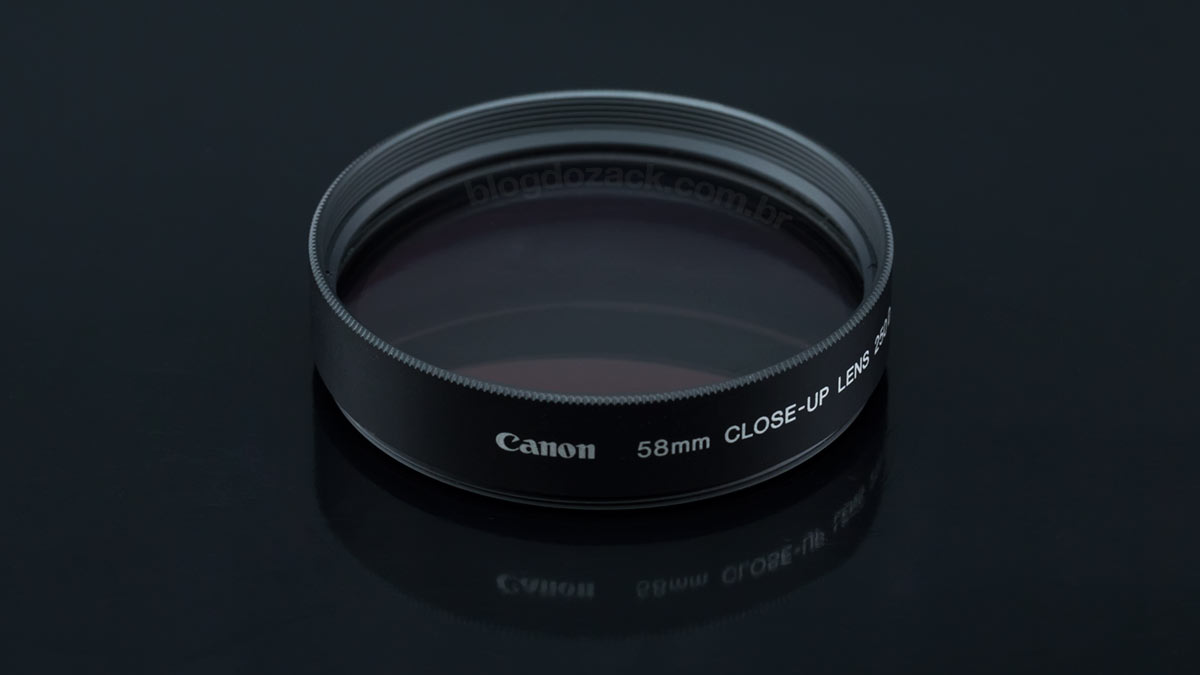
At 79g and two elements, the ø58mm Close-up Lens 250D is the easiest way to get into the “macro” world. Quotes because not every lens combination will really result on a 1:1 macro magnification. But it is very easy to take with you and come with a 22mm deep, 70mm wide box. Leave it in your backpack and easily screw it on you lens, any time you need to focus closer to your subject.
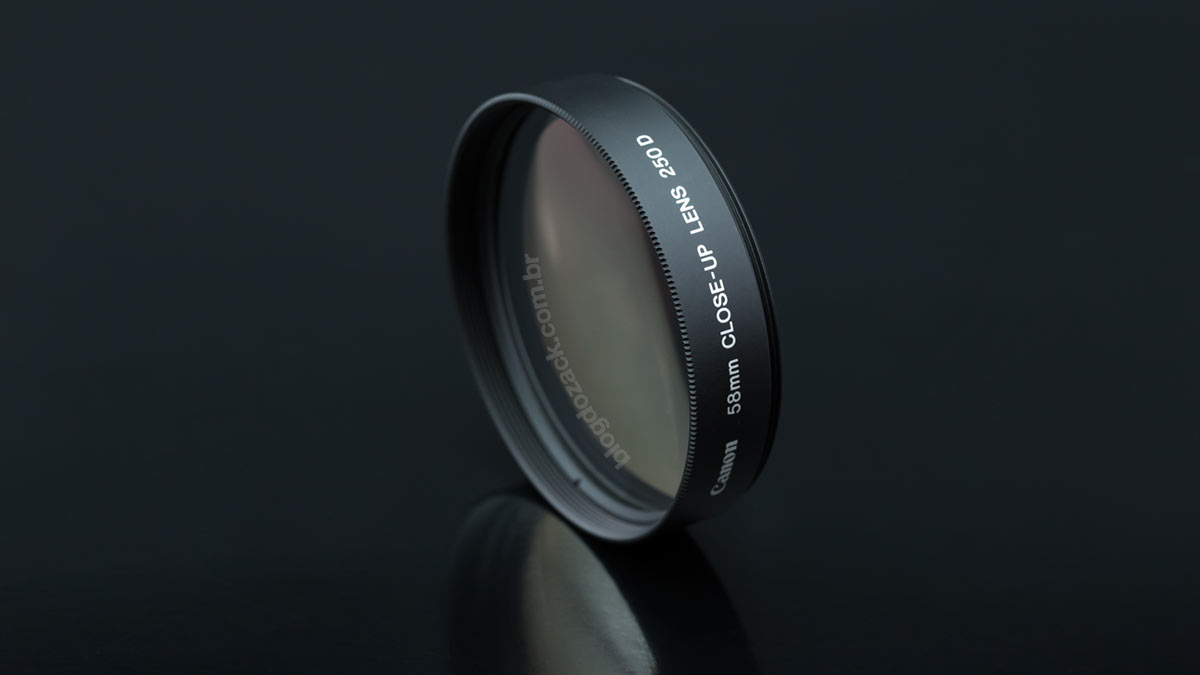
All metal, except for the obvious glass pieces, the 250D is a pleasure to use and feels well built while in use. It’s not a low cost accessory and your hands can tell. It feels heavy and I recommend caution when mounting. To drop it to break it. It’s well built but fragile, as the glasses are not protected.
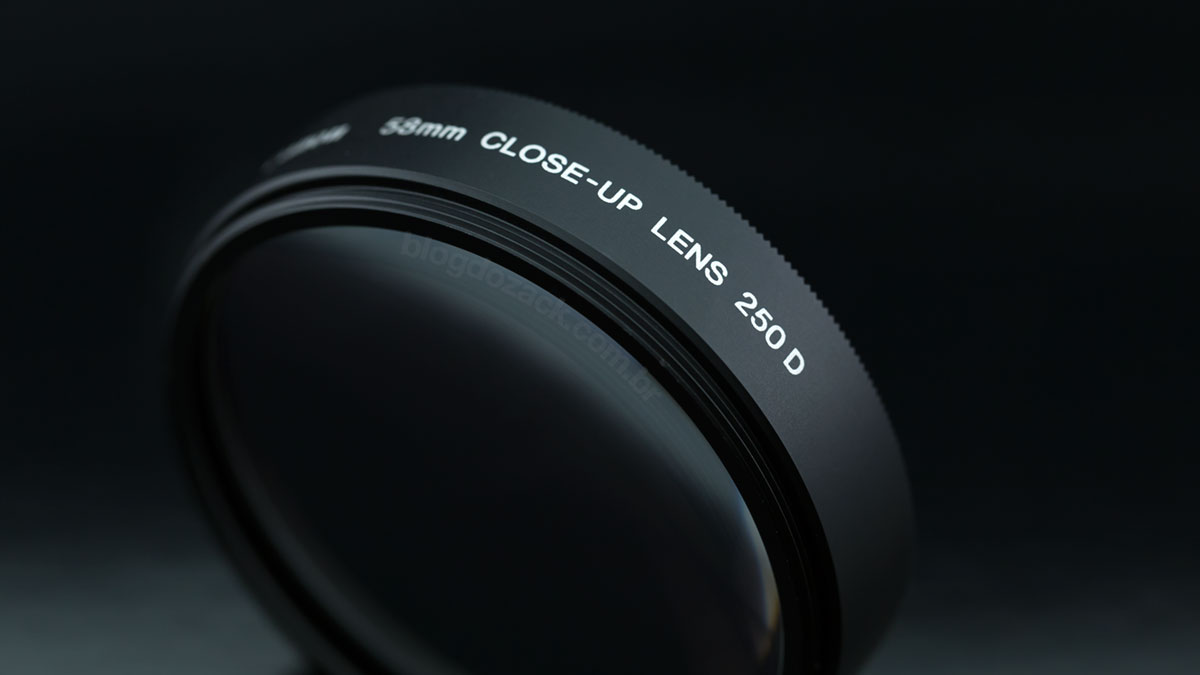
It adds 12mm to your lens when mounted, so the camera gets a bit front heavy. You can use the lens hood depending on its design, as the close-up lens won’t make your lens thicker; it sits precisely inside the filter thread. AF, IS and every other function will remain intact, as will the maximum aperture. But you automatically looses the infinity, that turns to a blur with the lens.


“São Paulo” with the EOS 6D + EF 50mm f/1.4 USM + 250D: no more infinity focusing with the mounted close-up lens.
The ø58mm mount thread is the same at the back and in the front. I didn’t try neither read if two or more close-up lenses can be stacked together. But you can certainly use it with filters or a lens cap, different than some ND filters that won’t support it. You don’t have to unmount the 250D every time you store your camera. But if your lens expands while focusing, like the EF 50mm f/1.4 USM, then I recommend “closing” the inner barrel to prevent any damage.
Different from extension tubes, that put a gap between your lens and your camera, enlarging the image circle, losing light; the close-up lens work as a magnifying glass, simply enlarging what’s in front of the camera, not losing light. And frankly it doesn’t add any image distortion by itself, as the image quality will depend more on the lens you’re using than the close-up lens performance. With the EF 50mm f/1.4 USM, the results are weird wide open: as there’s no definition from the lens, the close-up will just magnify the blur. But stopping down to f/8 you can get tack sharp files, free of any distortion. * All photos with the Canon EOS 6D + EF 50mm f/1.4 USM.
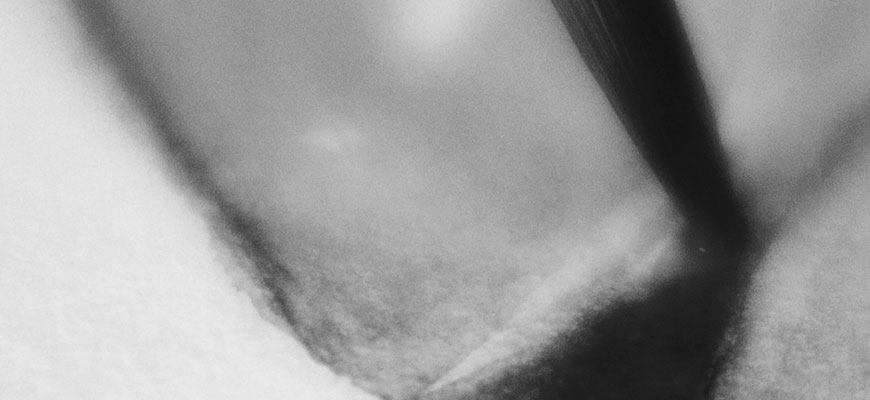
100% crop, practically nothing on focus wide open, zero resolution.
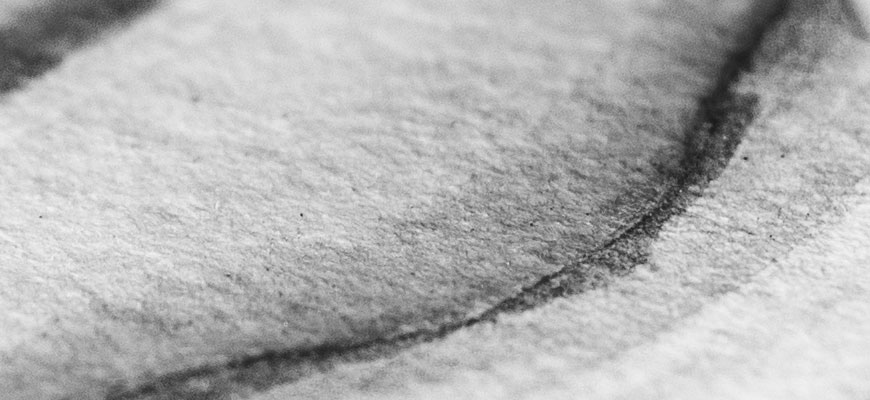
100% crop, sharpness is also improved, but DoF remains short.
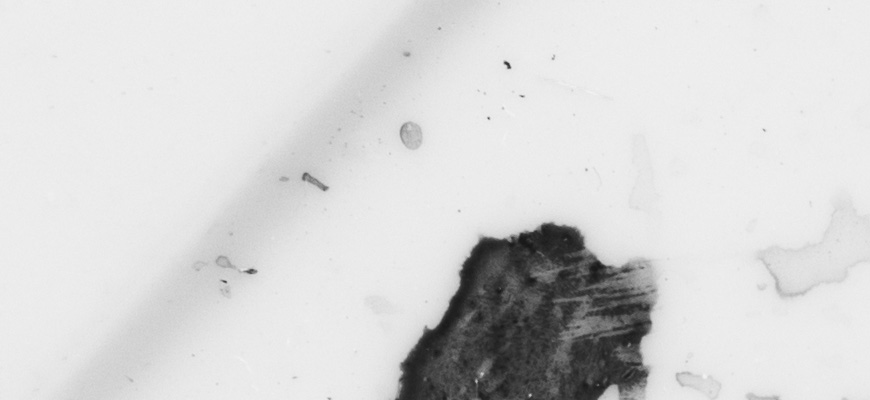
100% crop, sharpness is good near the edges.
“Spider” at f/1.4 1/1500 ISO160; the difference between f/1.4 and f/4.At f/1.4 it is possible to completely dissolve the background as the DoF will be even thinner with the magnification. The results will be more artistic that technically flawless. Wide open and near the MDF, the DoF is shorter than 1mm, with a dream like appearance. It can work for some compositions, in camera colour blends, texture blurs…
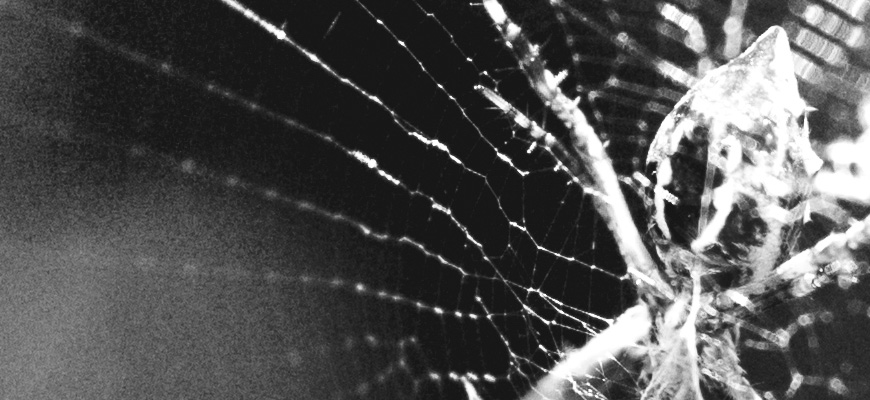
100% crop, the DoF is still at a minimum!
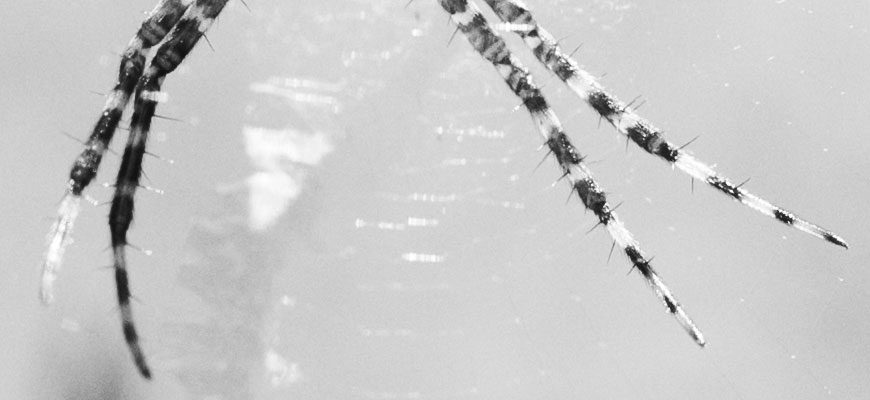
100% crop, and then the close-up lens will work flawlessly.
Stopping down to f/8 brings a much needed resolution boost for the EF 50mm f/1.4 USM + 250D combo, and I conclude the close-up lens doesn’t bring optical shortcomings to the image itself. The EF 50mm f/1.4 USM is optimised to work at f/8 and we can see every detail of products, nature shots, without axial and lateral CAs; just as the files would look from the lens. The results are identical to native macro lenses, but they take a lot of stopping down to work.

100% crop, excellent sharpness working with the EF 50mm f/1.4 USM optimised aperture.
The close-up lens is a fun accessory to have, allowing you to “focus closer” than your lens would otherwise, not necessarily being a “macro lens”. And in typical Canon fashion, it does with zero drop in optical performance. But the results will depend on what your lens can do at the first place, and it definitely won’t replace a native macro lens, workable under any aperture. I constantly use the EF 100mm f/2.8L IS USM for product photography and can’t live with the f/8 optimised aperture of the EF 50mm f/1.4 USM + 250D. But for sporadic uses, the US$89 are worth it. Nice shooting!